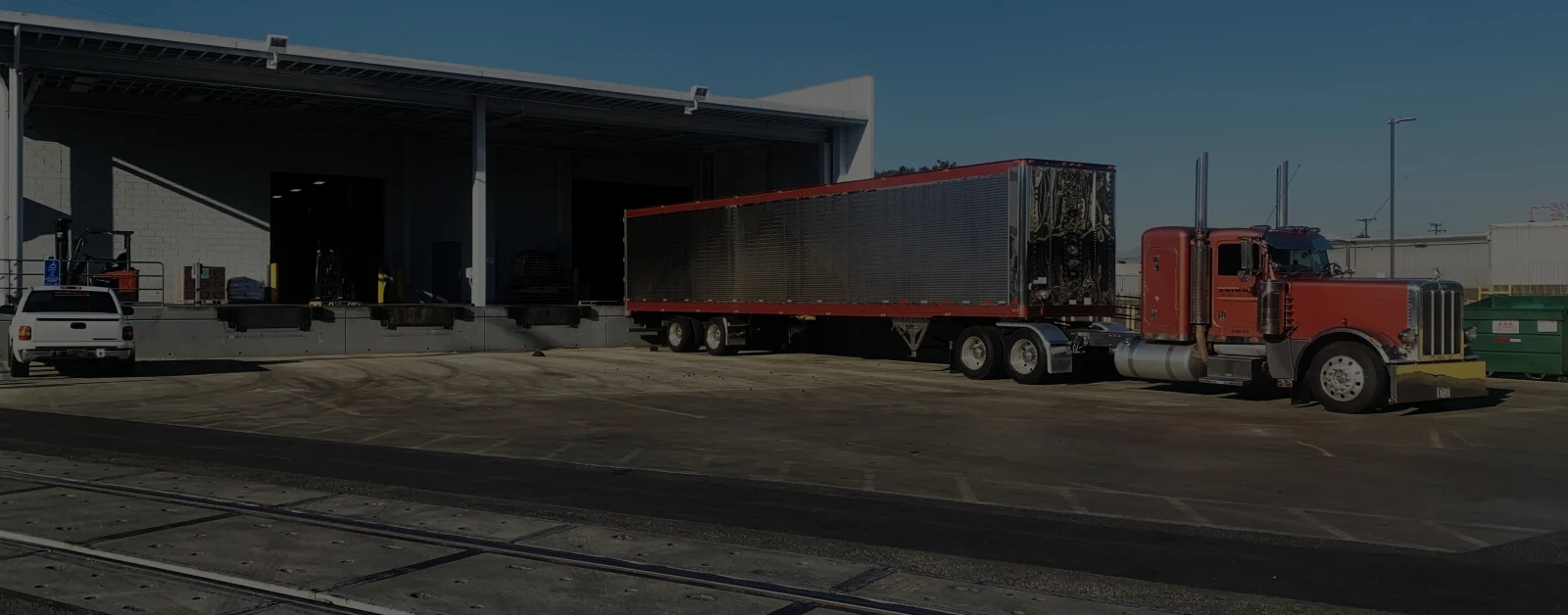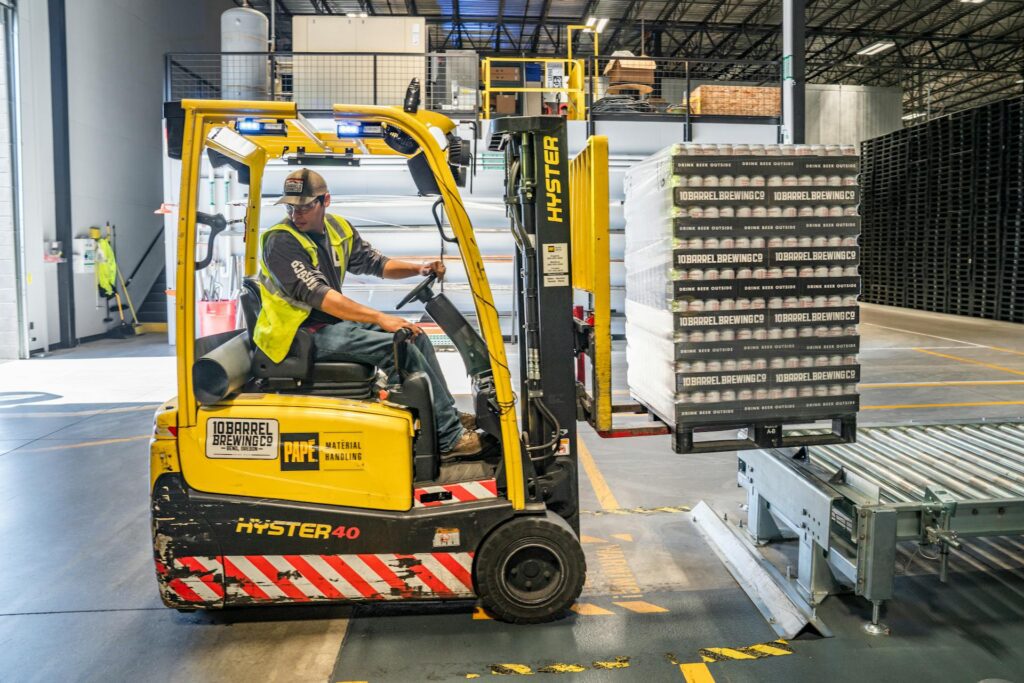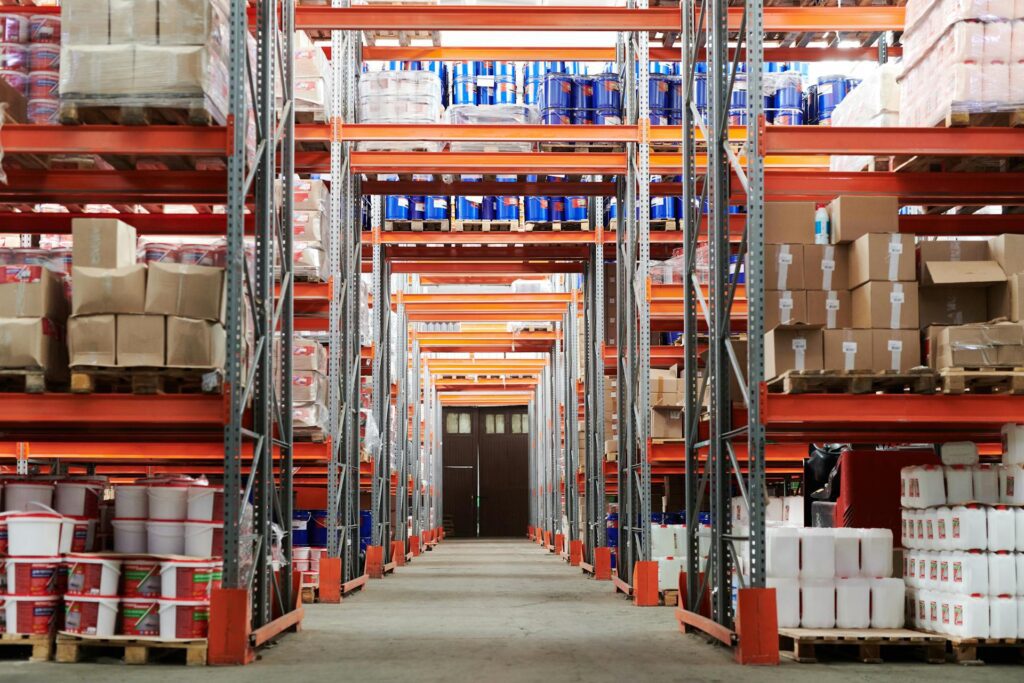Logistics Networks: Maximizing Efficiency With 3PL Partnerships

Third-party logistics (3PL) partnerships have become a cornerstone for businesses aiming to optimize their logistics networks. With the right 3PL provider, you get cutting-edge warehousing facilities, warehouse management services (WMS), real-time inventory tracking, smoother order processing, accurate demand forecasting, and supply chain optimization. This results in streamlined logistics and cost savings, as businesses can leverage the provider’s infrastructure and expertise instead of investing in their own.
3PL providers rely on advanced technology to enhance the efficiency of logistics operations. While these partnerships come with a few challenges, such as potential risks to service reliability and quality, leading to service disruptions and order delays, the benefits can be substantial. Here, we’ll share some insights into how you can maximize efficiency with the right partnerships.
Assessing Your Logistics Network Needs
Before diving into any partnership, it’s important to assess your current logistics performance. Evaluating key performance indicators (KPIs) such as delivery times, order accuracy, and transportation costs can help you identify bottlenecks and inefficiencies in your logistics. This assessment provides a clear picture of where improvements are needed and what areas a 3PL provider can help enhance. The next step is to set clear objectives.
Define what you want to achieve with a 3PL partnership, whether it’s reducing costs, improving delivery times, optimizing your import process, or expanding your geographic reach. Differentiate between short-term and long-term goals to ensure the 3PL provider aligns with your business strategy. By clearly understanding your logistics network needs and objectives, you can make informed decisions about which 3PL provider will best serve your business.
Selecting the Right 3PL Partner
Choosing the right 3PL partner is a critical decision that can significantly impact the efficiency of your network. Industry experience and expertise are critical, as a provider familiar with your industry will better understand your specific logistics challenges. Ensure that the 3PL provider offers innovative solutions for warehouse management, inventory management, and supply chain optimization to streamline operations. Additionally, the provider’s geographic reach should align with your business needs, especially if you operate in multiple regions or countries.
Conducting due diligence is vital before finalizing any 3PL agreement that aims to optimize your logistics networks. Verify the provider’s credibility and performance history. Reviewing case studies and client testimonials can provide insights into the provider’s track record. When negotiating terms, pay close attention to Service Level Agreements (SLAs) to ensure they meet your expectations. Understanding the cost structures and pricing models is crucial to avoid hidden fees or unexpected expenses.
Implementing a 3PL Partnership
Once you’ve selected a 3PL partner, the next step is implementing the partnership effectively. Planning the transition is critical to minimize disruption during the switch. Create a detailed transition plan that outlines all steps and timelines, ensuring all stakeholders are informed and prepared. Integration with existing systems is another important aspect when it comes to streamlining logistics networks. Ensure that the 3PL provider’s technology is compatible with your current business software to facilitate seamless data sharing and communication.
Training and support are also essential components of a successful logistics partnership. Train your in-house staff on new processes and systems introduced by the 3PL provider. This will help them adapt quickly and maintain efficiency. Ongoing support from the 3PL provider is crucial to address any issues that arise and ensure continuous improvement.
Leveraging Technology for Enhanced Efficiency
One of the significant advantages of 3PL partnerships is the access to advanced technology that can enhance the efficiency of logistics networks. Adopting technologies such as Warehouse Management Systems (WMS) and inventory management software can streamline operations and improve accuracy. Real-time tracking and analytics provide valuable insights into the status of shipments, enabling better decision-making and proactive issue resolution.
Automation and AI are transforming logistics operations by introducing efficiencies that were previously unattainable. The use of robotics and automation in warehouses can significantly reduce manual labor and increase throughput. Predictive analytics and AI-driven decision-making enable more accurate demand forecasting and inventory management, reducing the risk of stockouts and overstock situations. Leveraging these technologies through a 3PL provider can transform your logistics networks.
Continuous Improvement and Performance Monitoring

Maximizing the efficiency of your business logistics by partnering with a 3PL provider is an ongoing process, no matter your industry. Regular performance reviews are essential to ensure that the 3PL provider is meeting the SLA terms and KPIs. Periodic assessments allow you to identify areas for improvement and adjust goals as needed. Establishing channels for continuous feedback is also vital. Encourage open communication with the 3PL provider to address any issues promptly and ensure that both parties are aligned on expectations.
Scalability and adaptability of logistics networks are crucial for long-term success. As your business grows, your logistics needs will evolve. Ensure that the 3PL provider can scale operations to meet increasing demand and adapt to changes in market conditions. This flexibility will help support your business’s growth trajectory and help maintain efficiency in your logistics networks.
Learn More at Cummins Logistics
3PL partnerships offer a strategic advantage for businesses looking to maximize the efficiency of their logistics. By collaborating with a reliable and experienced partner like Cummins Logistics, companies can unlock the full potential of their supply chain operations. Our expertise in the industry, commitment to innovation, and dedication to building strong client relationships enable us to deliver tailored solutions that drive growth and success.
Talk to an expert today to discover how we can help you optimize your logistics networks for maximum efficiency.





